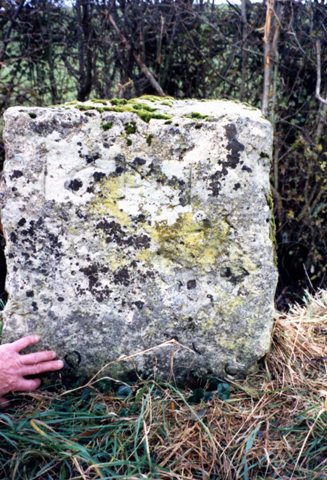|
Bucks Geology GroupPortlandThere are few in-situ exposures of Portlandian strata in Bucks, although this limestone and the fossils it contains can be seen over much of mid-Buckinghamshire, where it has been the local choice of building stone. Without doubt the most famous Portlandian fossil is a very large ammonite called Titanites giganteus. Examples were built into the walls of Hartwell House estate in the 19th Century and similar uses are widespread, as far afield as Buckingham town. The Portlandian rocks were deposited during the latest Stage of the Jurassic Period. They represent a time when warm, tropical marine conditions to the south, extended north as far as Buckinghamshire, some 144 million years ago. The famous Portland Limestone from Dorset (after which these rocks are named) is a thick, relatively homogeneous series of rock, whereas, in and around Aylesbury, the Portlandian rocks are thinner and more stratified. The Buckinghamshire deposits represent the marginal remnants from this seaway, which terminated somewhere around the Bedfordshire border. Farther to the north-east, in East Anglia to Yorkshire, is a series of clays and sands of the same age, but part of a huge shelf sea stretching across Northern Europe to Russia. The Portlandian rocks of Buckinghamshire can be summarised as follows: 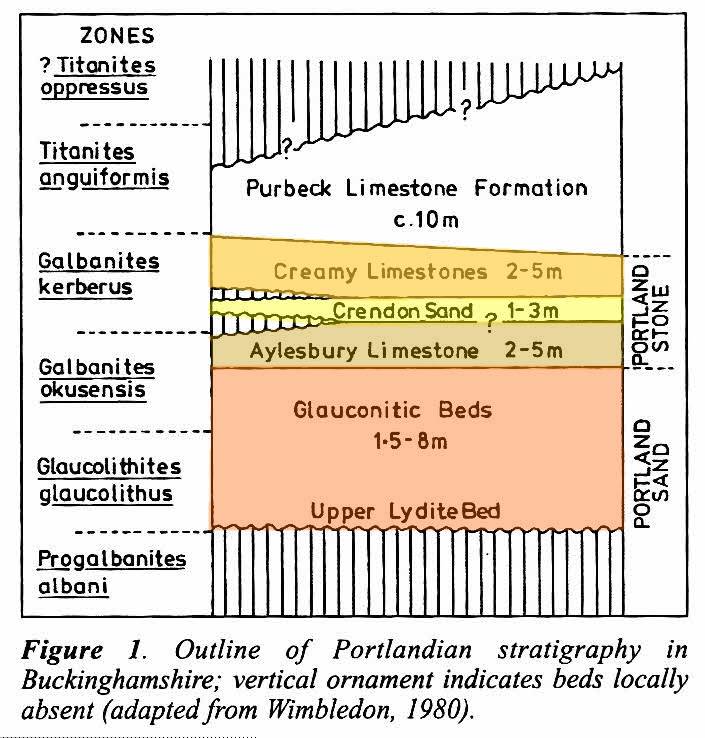
The Creamy Limestone is cream to pale grey and very fine-grained, with small gastropods particularly abundant. The Crendon Sand is favoured by badgers for digging their setts, and can be mapped out on hillsides in this way. The Aylesbury Limestone, which caps the top of the hill at Aylesbury, is pale orange-grey and gritty, due to the amount of shell material, It yields many fossils of bivalves, gastropods and ammonites. Beneath the Aylesbury Limestone, a soft, mustard-yellow weathering sand (Glauconitic Bed) passes down in turn into a thin rib of black and then green sandstone , with a few small, black chert pebbles. This is the Upper Lydite Bed. It also contains occasional remnants of fossil ammonites derived from a zone of the underlying Kimmeridge Clay which is no longer represented around Buckinghamshire, proving that the earliest Portlandian stage was one of slight erosion in our area. In the early 20th Century, pits in Portlandian rock were common. Photographs of the Warren Farm pit, in its heyday, can be seen below, courtesy of the British Geological Survey collection: Hover cursor over photograph for label.
Below are a number of fossils which you can expect to find within the Portland Limestone. Hover cursor over photograph to enlarge.
Portland Limestone has been a valuable source of building stone and can been seen in many of the old walls and buildings in central Buckinghamshire villages. 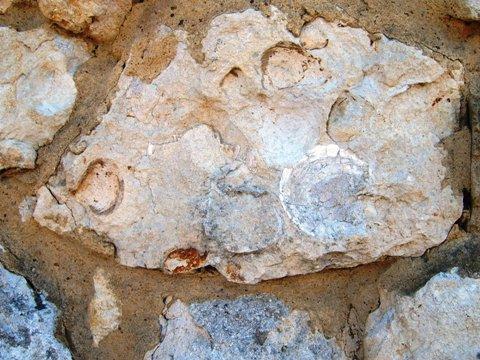
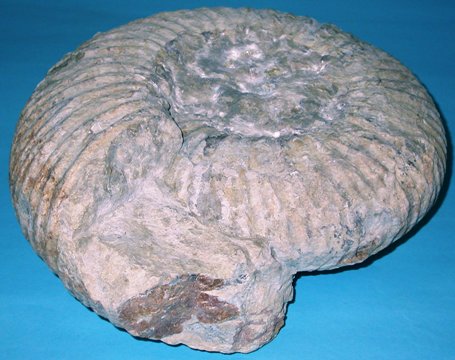
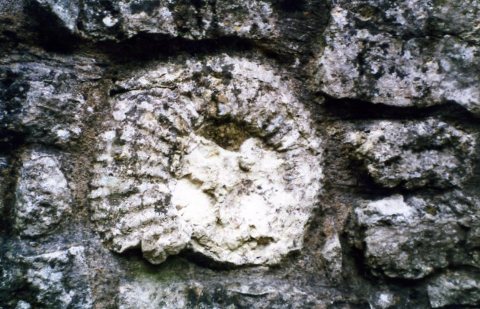
The Gypsy King's grave is marked (so legend has it) by this Portland stone block at Pitchcott Hill, by the side of the road. The stone is rolled down the hill and where it stops the grave is dug.
Further reading suggestions: Radley, J.D., 1980. A New Look at Portlandian Strata Exposed at Warren Farm, Stewkley, Buckinghamshire. Records of Bucks Vol22. Wimbledon, W.A., 1980. Portlandian correlation chart. Images used with permission: © Copyright Buckinghamshire County Museum (Licence No. 44)
|

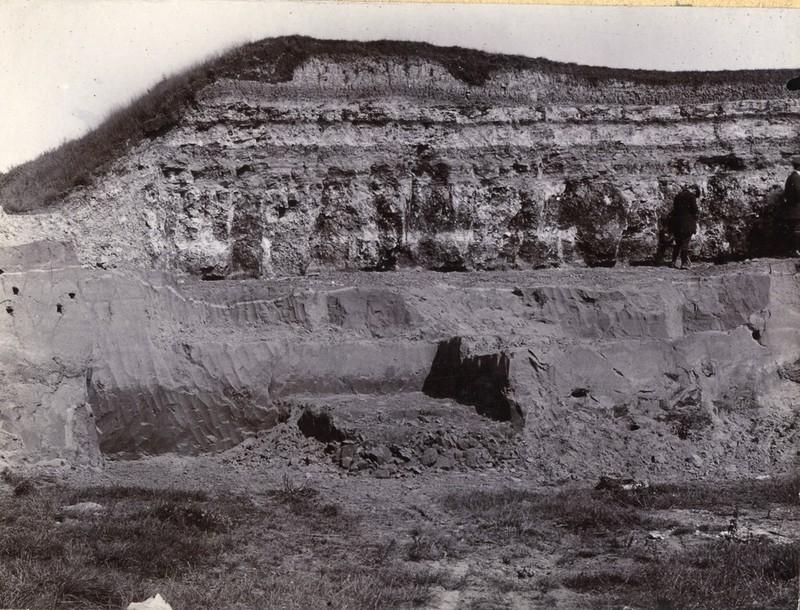
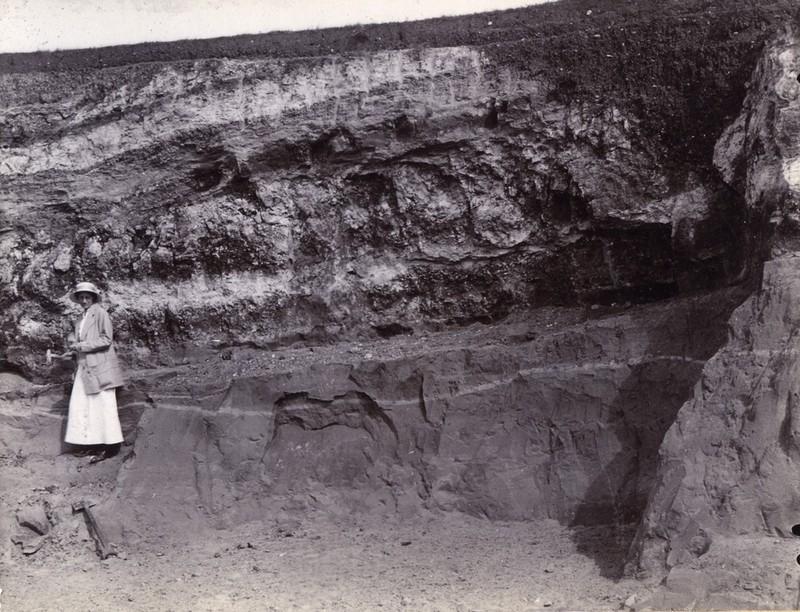
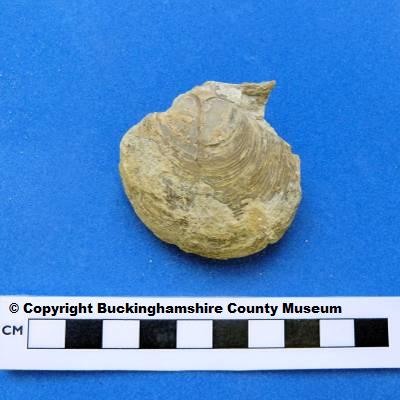 Bivalve: Camptonectes lamellosus. Bucks County Museum - Specimen No. 1957.386.1
Bivalve: Camptonectes lamellosus. Bucks County Museum - Specimen No. 1957.386.1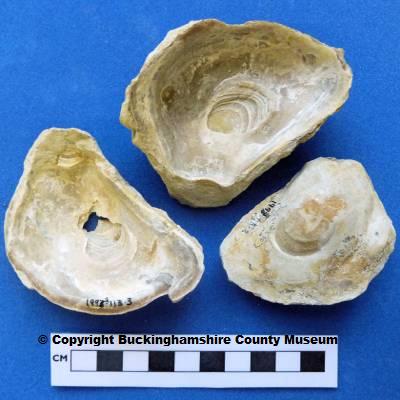 Liostrea expansa. Bivalves, similar to modern clams. Bucks County Museum - Specimen No. 1992.113.1-3
Liostrea expansa. Bivalves, similar to modern clams. Bucks County Museum - Specimen No. 1992.113.1-3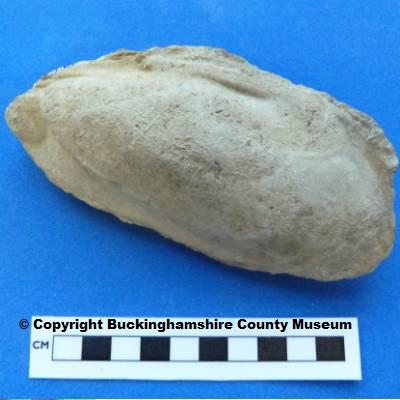 Myoconcha portlandica Bivalve. Bucks County Museum - Specimen No. 1970.213.1
Myoconcha portlandica Bivalve. Bucks County Museum - Specimen No. 1970.213.1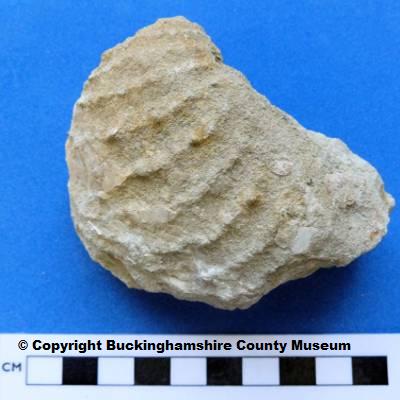 Myophorella incurva Bivalve. Bucks County Museum - Specimen No. 1979.357.8
Myophorella incurva Bivalve. Bucks County Museum - Specimen No. 1979.357.8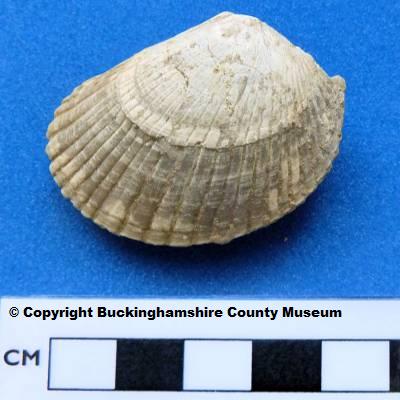 Plagiostoma rustica Bivalve. Bucks County Museum - Specimen No. 1919.26.1
Plagiostoma rustica Bivalve. Bucks County Museum - Specimen No. 1919.26.1 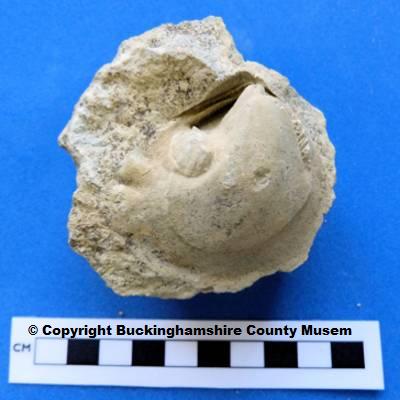 Laevitrigonia gibbosa Bivalve - internal mold. Bucks County Museum - Specimen No. 1989.18.16
Laevitrigonia gibbosa Bivalve - internal mold. Bucks County Museum - Specimen No. 1989.18.16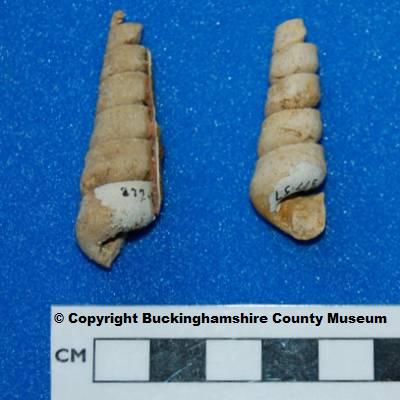 Aptyxiella portlandica. Gastropod internal casts. Bucks County Museum - Specimen No. 1957.377.1-2
Aptyxiella portlandica. Gastropod internal casts. Bucks County Museum - Specimen No. 1957.377.1-2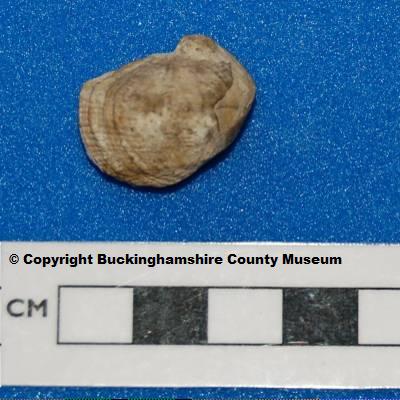 Nerita rugosa. Bucks County Museum - Specimen No. 1982.278.51
Nerita rugosa. Bucks County Museum - Specimen No. 1982.278.51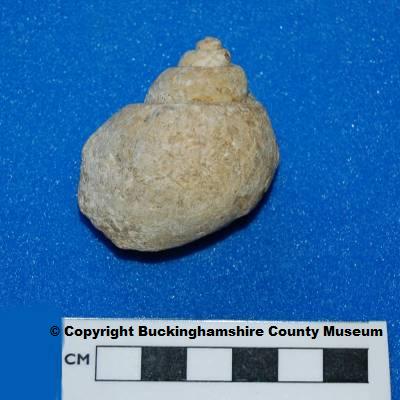 Ampullospira elegans. Gastropod - internal cast. Bucks County Museum - Specimen No. 1957.388.1
Ampullospira elegans. Gastropod - internal cast. Bucks County Museum - Specimen No. 1957.388.1 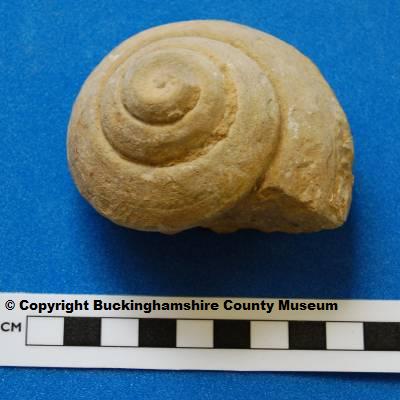 Bathrotomaria sp. Gastropod - internal cast. Bucks County Museum - Specimen No.1912.245.21
Bathrotomaria sp. Gastropod - internal cast. Bucks County Museum - Specimen No.1912.245.21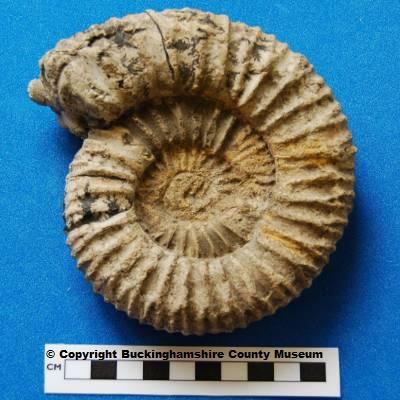 Crendonites sp. Ammonite. Bucks County Museum - Specimen No.1919.38.1
Crendonites sp. Ammonite. Bucks County Museum - Specimen No.1919.38.1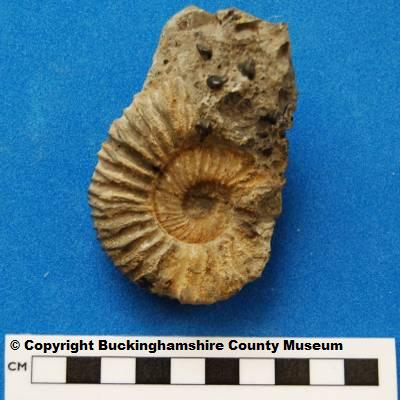 Palassiceras lydianites. Ammonite. Bucks County Museum - Specimen No.1925.108.1. From the basal Portlandian "Upper Lydite Bed" (Lydites are the small black chert pebbles which are common at this level)
Palassiceras lydianites. Ammonite. Bucks County Museum - Specimen No.1925.108.1. From the basal Portlandian "Upper Lydite Bed" (Lydites are the small black chert pebbles which are common at this level)
